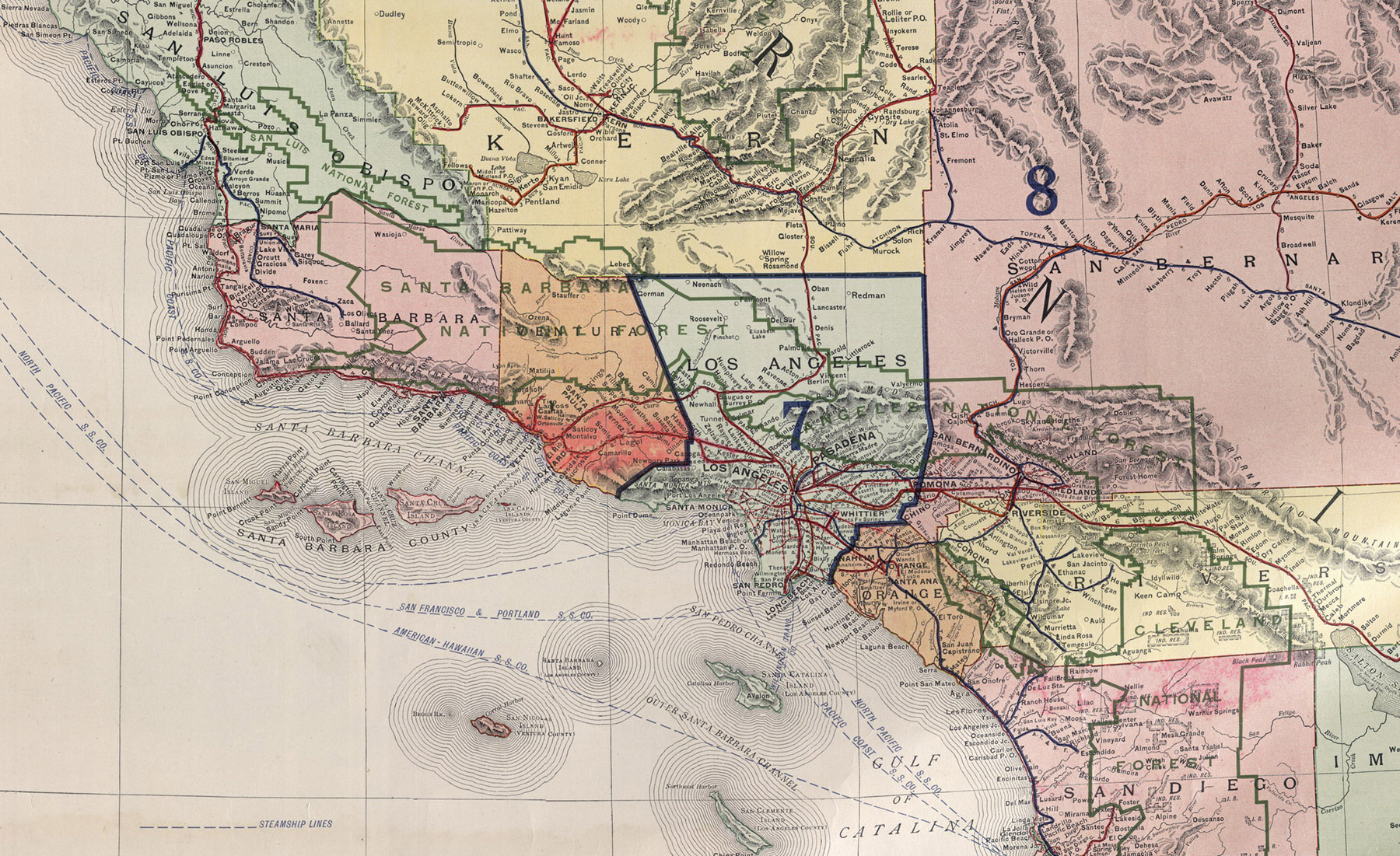
#364 Alabama Hills
The Alabama Hills Recreation Area is a stunning mirage of rocks and hills in the Eastern Sierra Nevada. Metamorphosed volcanic rock up to 300 million years old as well as biotite monzogranite up to 85 million years old create the wondrous assortment of shapes and arches. Hiking, photography and stargazing are some of the best ways to enjoy the land. Many films were shot here since the 1920's including 'How the West Was Won' and 'The Lone Ranger'. A scenic drive along Movie Flat Road will take you to exact locations for famous film scenes.
#274 Wonderland of Rocks
Wonderland of Rocks features 12 square miles of amazing granite rock formations at Joshua Tree National Park. These monzogranite rocks formed 100 million years ago when molten liquid heated and traveled up from the Earth's crust. As the landscape changed to desert, flash floods caused the ground to wash away exposing rocks that piled into stacks of fascinating arrangements. This wonderland can be accessed from Barker Dam and Indian Cove trails.
#151 Fremont Canyon Nature Preserve
Fremont Canyon is a beautiful Nature Preserve in the Santa Ana Mountains of Orange County. Stunning granite formations tower along coastal sage scrub, chaparral and oak woodlands. Many endangered plant and animal species reside here making it a biological hot spot. *Access is limited to programs by the Irvine Ranch Conservancy.
#138 Rocky Peak Park
Rocky Peak Park is a great way to escape the bustle of the city without traveling far. Shared by Los Angeles & Ventura Counties, giant sandstone boulders dominate the landscape among chaparral and oak woodlands. It is also a great place to see spring wildflowers. The parkland has been used by the Tataviam, Tongva and Chumash Native Americans for at least 8,000 years.
#133 Box Springs Mountain
Box Springs Mountain is a beautiful reserve in Riverside. With its many hiking trails and rolling green hills in the wintertime, the 3,000 foot park provides sweeping views of the Inland Empire and its surrounding mountains. The City of Riverside as well as University of California Riverside manages the 1,155 acre reserve. Early Pioneers used this mountain for its natural spring and surrounded the spring with a box from which it got its name.
#124 Granite Mountains
The wild rock formations of the Granite Mountains in the Mojave National Preserve are out of this world. Exotic eroded shapes are a wonderland for the imagination. The highest peak at 6,796 ft make it an area rich in biodiversity and lies within a transition zone for the Mojave Desert, Sonoran Desert, Great Basin Desert and Colorado Plateau.
#58 Hole In The Wall
Banshee Canyon at Hole-in-the-Wall in Mojave National Preserve is a beautiful canyon with endless exploration possibilities. The canyon was named after the sound of the wind as it blew across the canyon sounding to early settlers like a Banshee from Irish Mythology. The colorful rocks were formed by volcanic eruptions several million years ago. Adjacent is a great visitor center highlighting many sights of the Mojave. *Dirt road access
#56 Kumeyaay Village Site
The Kumeyaay Village Site is located in Anza Borrego Desert State Park. Kumeyaay Native Americans inhabited these beautiful boulders and caves in the winter months for thousands of years. They survived off of plants, jackrabbits and bighorn sheep. The site can be found right off Highway 78 with a short drive through Mine Wash. Though a gravel wash road, it is usually passable for most vehicles.
#51 Ryan Mountain
Ryan Mountain is an essential hike in Joshua Tree National Park. 3 miles out and back will have you climbing over 1,000 feet making this a moderate hike. The trail gives sweeping views of the park and the Wonderland of Rocks that rise from the ground. You will feel as if you are on the crown of the Mojave Desert.
#39 Mormon Rocks
Mormon Rocks also named Rock Candy Mountains are a series of sandstone boulders located in the foothills of the San Gabriel Mountains. These giant rock formations lie directly in the San Andreas Fault Zone. Part of San Bernardino National Forest, these rocks were named for the settlers moving from Salt Lake City, Utah to Los Angeles in covered wagons in the 1800's. These beautiful formations are along historic Route 66 in today's Cajon Pass.


























